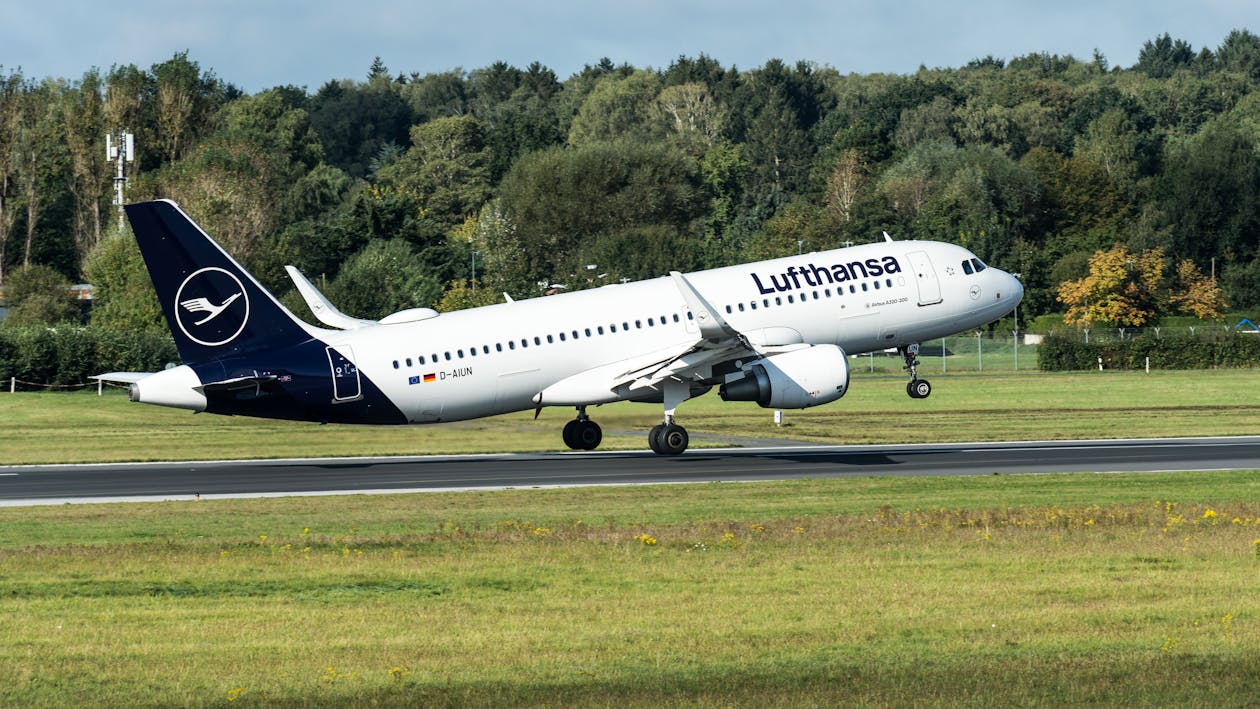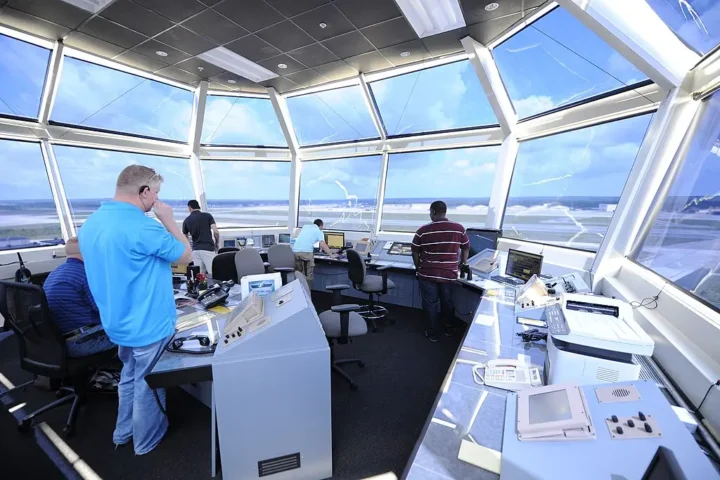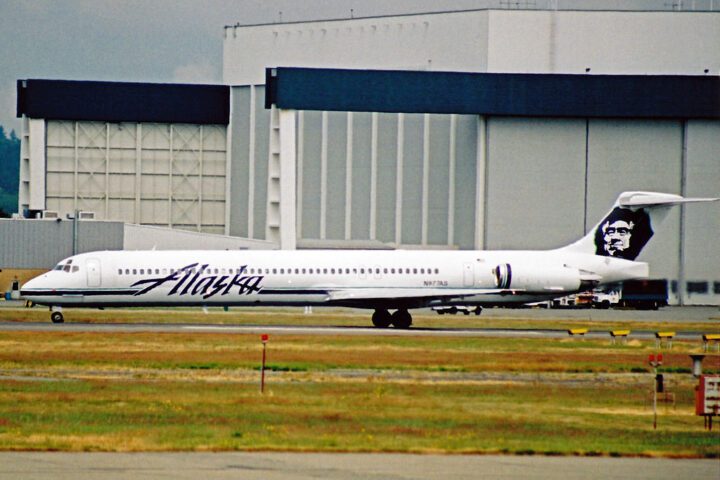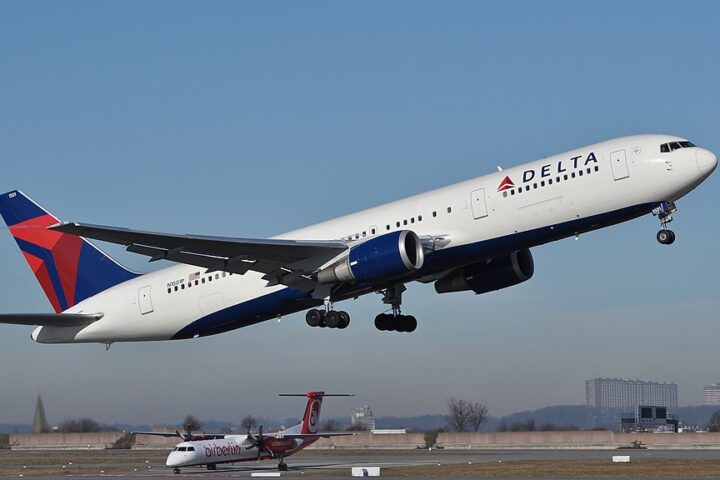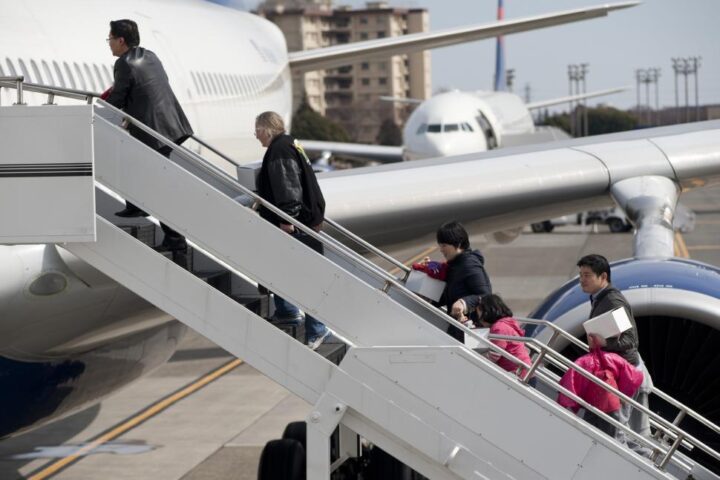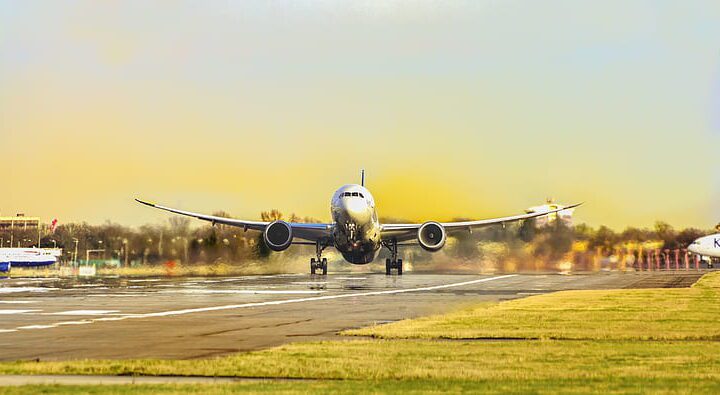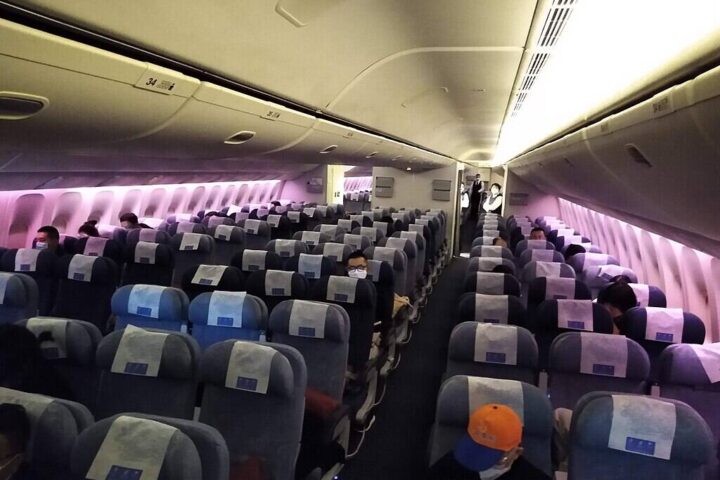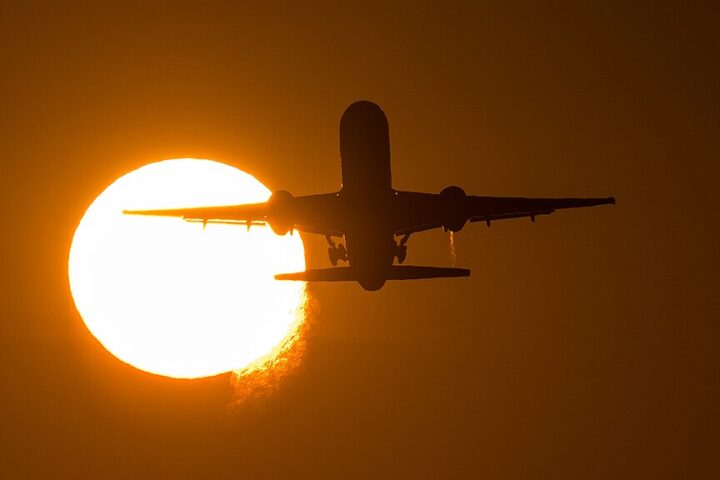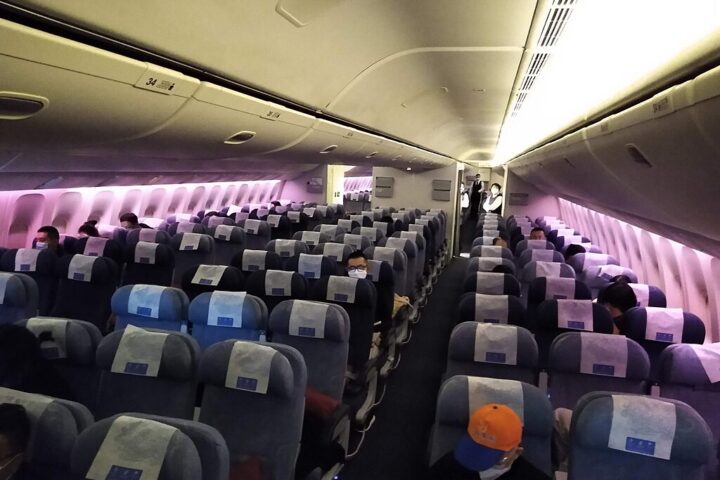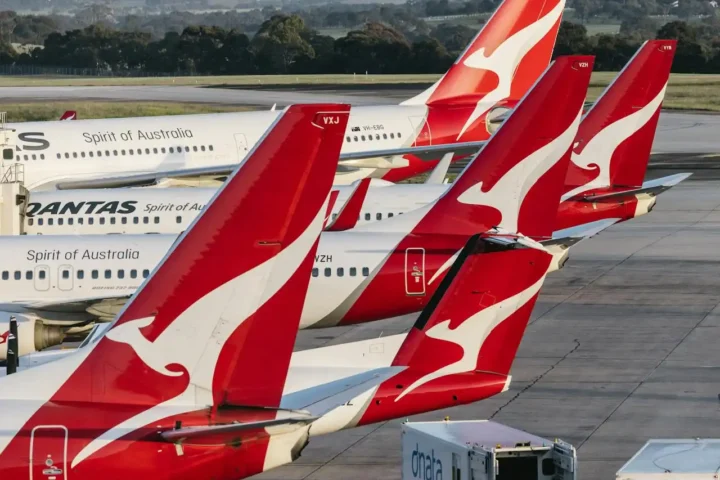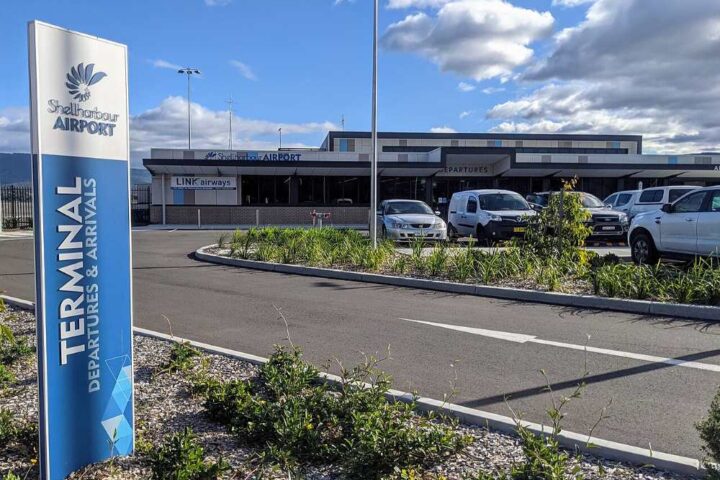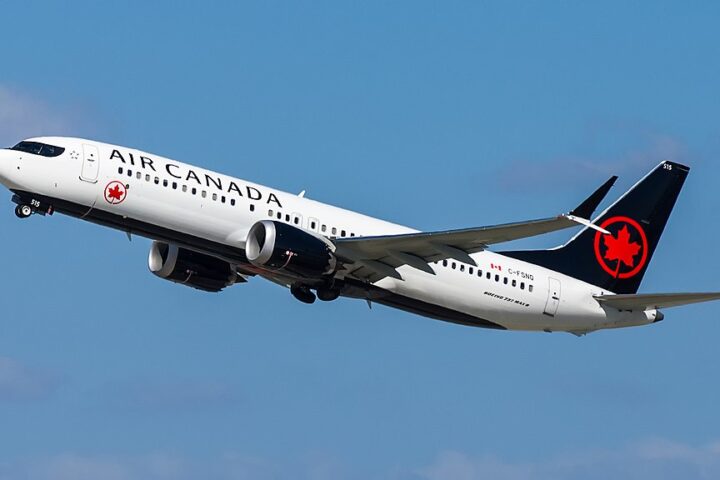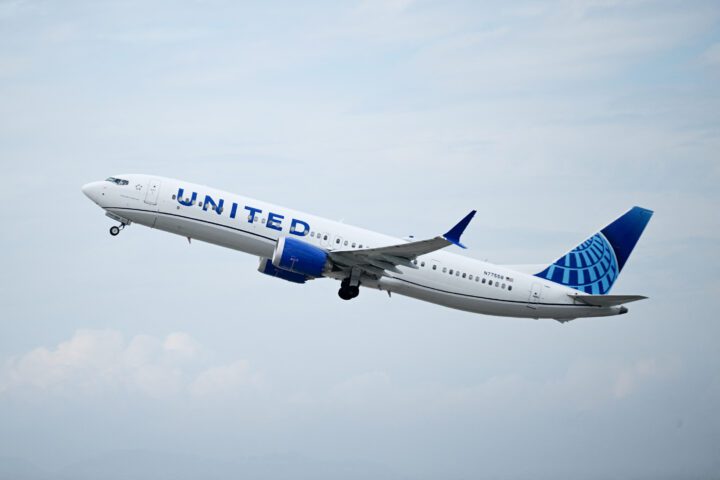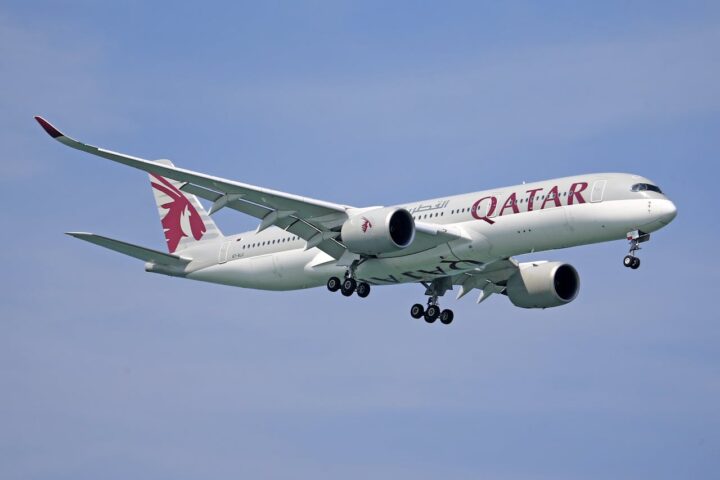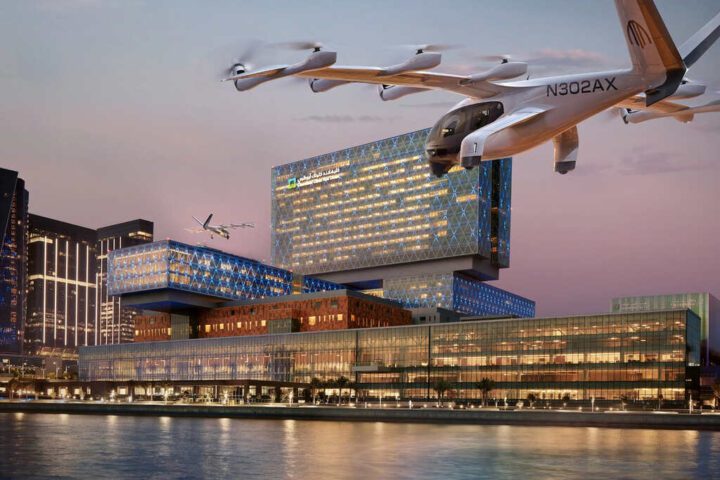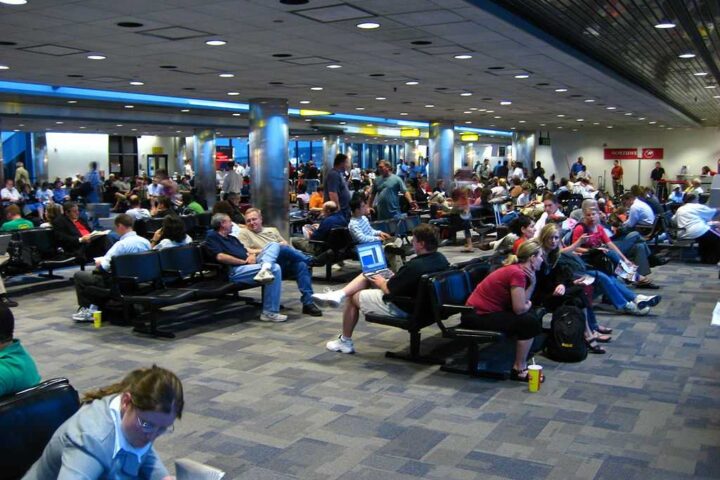Ever wondered what happens when a pilot suddenly can’t fly the plane? On February 17, 2024, passengers on a Lufthansa A321 from Frankfurt to Seville experienced exactly this scenario – though they likely never knew it was happening.
For approximately ten minutes, the aircraft cruised through European skies with its first officer unconscious from a seizure and the captain locked outside the flight deck. The autopilot, doing exactly what it was designed to do, kept the Airbus stable until human control was restored.
The Spanish Civil Aviation Accident and Incident Investigation Commission (CIAIAC) published their final report in May 2025, revealing details that have sparked important conversations about flight deck protocols and automation safeguards.
“Sudden and Severe Incapacitation”
According to aviation accident records, the captain had stepped out for a bathroom break during cruise phase, with about 30 minutes remaining before reaching Seville. When he attempted to return eight minutes later, his normal access code failed multiple times.
Inside the cockpit, the first officer had suffered what the CIAIAC report describes as a “sudden and severe incapacitation” from an underlying neurological seizure disorder. This condition would have been virtually impossible to detect during standard medical examinations without prior symptoms.
The cockpit voice recorder captured sounds consistent with a medical emergency, but the aircraft’s autopilot systems maintained altitude and heading without deviation. Flight attendants attempted to contact the flight deck via intercom but received no response.
Just as the emergency access code timer was about to expire, the incapacitated first officer managed to open the door. The captain immediately took control, declared an emergency, and diverted the aircraft safely to Madrid.
Similar Posts
Autopilot Redundancy and Flight Deck Access
Modern commercial aircraft like the A321 feature sophisticated automation that can maintain stable flight for extended periods. The autopilot held the aircraft in cruise configuration, keeping passengers and crew safe while the human emergency unfolded.
Post-9/11 security protocols require reinforced cockpit doors with coded entry systems. These systems typically include:
- Standard access codes for normal operations
- Emergency access codes that trigger a timer, allowing entry if not overridden
- Requirements for two authorized personnel on the flight deck whenever possible
Flight deck “physiological breaks” are carefully managed under European and international regulations, with specific procedures for brief pilot absences. This incident reveals potential vulnerabilities when those protocols meet unexpected medical emergencies.
Regulatory Response and Research
The incident has accelerated ongoing aviation safety research programs:
EASA’s Extended Minimum Crew Operations–Single Pilot Operations (eMCO-SiPO) project, funded with €14.2 million through Horizon Europe, is examining safety frameworks for reduced flight deck staffing. The research focuses on:
“Safety risk assessment; human factors/performance (workload, situational awareness); air operations procedures; fatigue risk management; flight-crew training for eMCO/SiPO conditions,” according to EASA documentation.
ICAO’s Flight Operations Panel has formed a special sub-group to evaluate minimum crew requirements. After manufacturers proposed standardizing single-pilot cruise procedures in May 2024, ICAO opted for additional safety scrutiny before amending international standards.
The FAA’s “State of the Science Review” evaluates technologies for detecting six types of pilot incapacitation—including seizures, cardiac events, and hypoxia. Current sensing technologies score 3-4 out of 5 on maturity scales but aren’t yet reliable enough for flight deck implementation.
Pilot Union Perspectives
Pilot organizations have consistently advocated for maintaining two-pilot operations:
The Air Line Pilots Association’s 2017 position paper “The Dangers of Single-Pilot Operations” warns that reduced-crew concepts “eliminate essential redundancy—cross-checks, shared workload—and could increase risk from incapacitation, fatigue, and cybersecurity threats.”
The International Federation of Air Line Pilots’ Associations has urged regulatory bodies to maintain two-pilot minimums until “robust hazard data and reporting cultures are in place.”
Medical Detection Challenges
Standard Class 1 and 2 pilot medical examinations focus on cardiovascular health, vision, and general neurological status. The type of seizure disorder that affected the Lufthansa first officer presents particular challenges:
- Without prior symptoms or history, such conditions may go undetected in routine screening
- Episodic neurological events often leave no trace during examination periods
- The condition occurred suddenly without warning signs
What This Means for Air Travel Safety
The Lufthansa incident represents an extremely rare event. Aviation safety systems—both technical and procedural—functioned as designed:
- The autopilot maintained stable flight
- The emergency access system eventually allowed cockpit entry
- The captain successfully managed the situation and diverted to a nearby airport
- Passengers remained unaware and safe throughout

Current two-pilot operations provide redundancy that proved valuable in this case. While automation continues to advance, the aviation industry and regulatory bodies remain cautious about reducing flight deck crew complement.
The CIAIAC report confirms the aircraft flew unsupervised for approximately ten minutes after the first officer’s seizure. The autopilot maintained stable flight until cockpit access was restored and the captain diverted safely to Madrid. Aviation authorities continue to assess safety protocols for single-pilot scenarios while medical monitoring technology research progresses to address detection gaps for conditions like seizure disorders.
